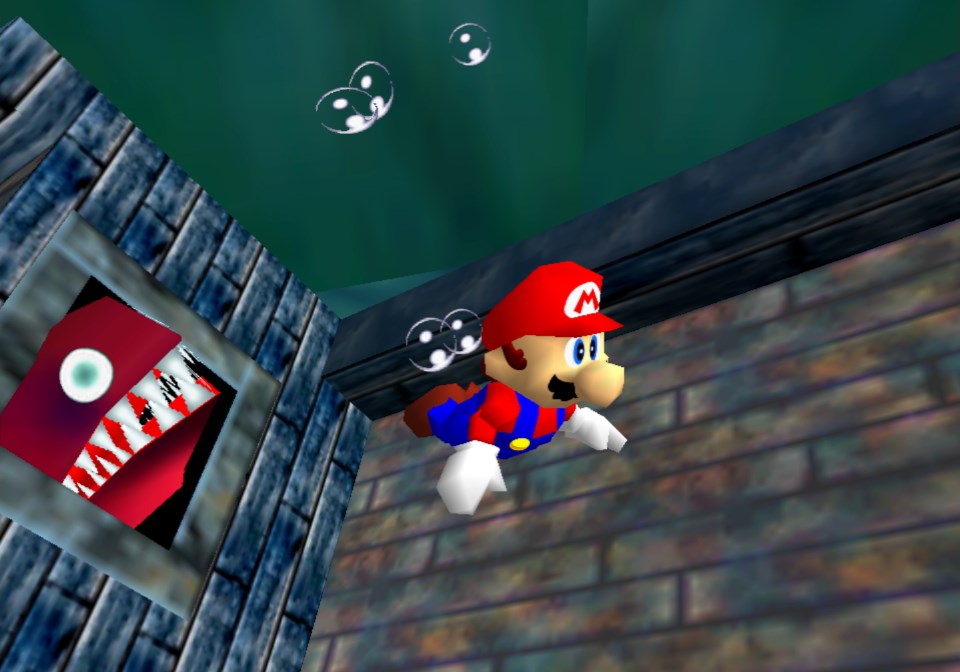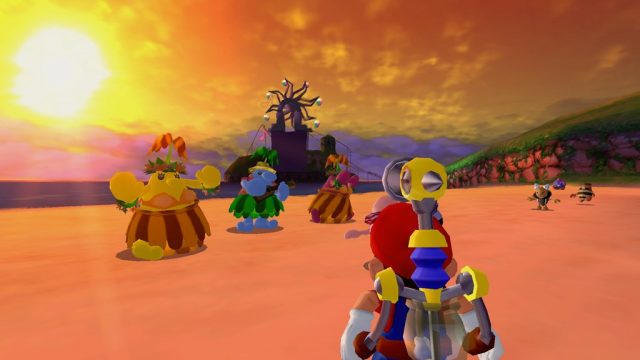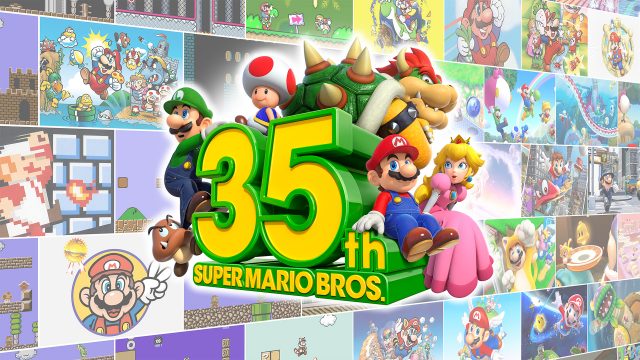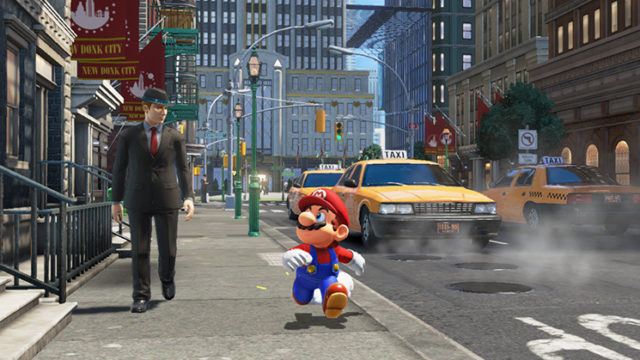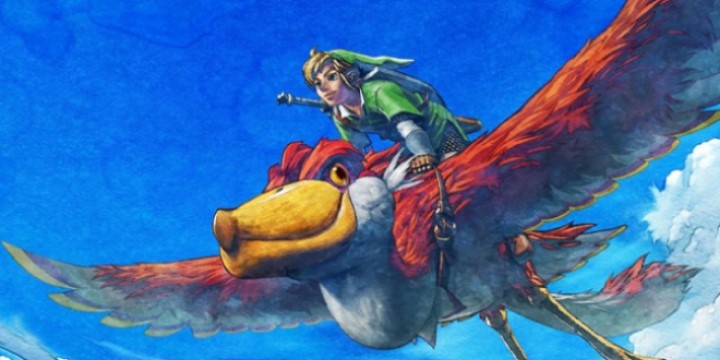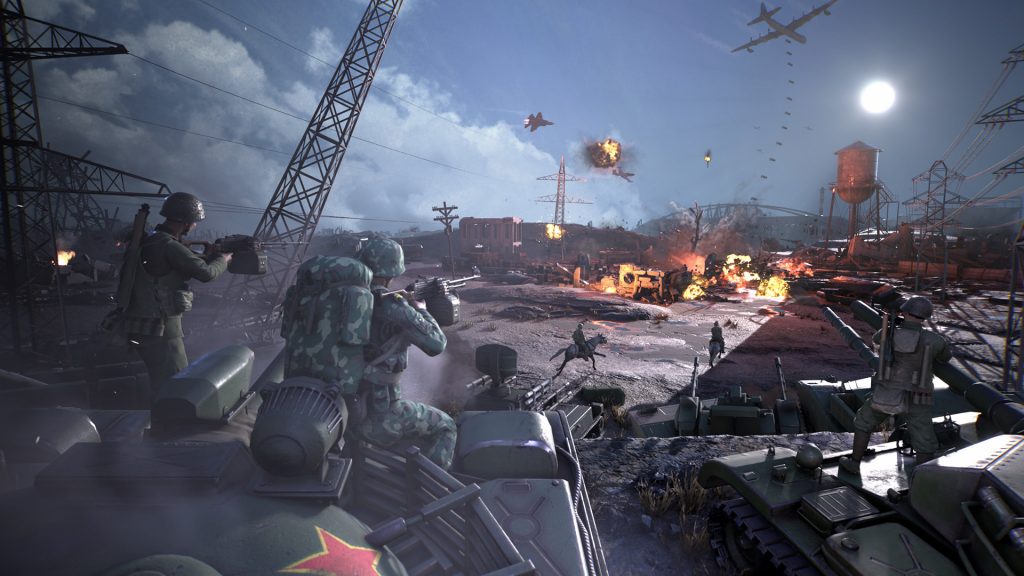I’ve come to find over the years that not many people keep their old games and consoles. Much less the boxes and instruction manuals, either; if someone happens to still have an NES laying around with a copy of Super Mario Bros. 3, the odds are good that neither has its original container nor the booklets they came with. This is part of the reason that “complete in the box” reseller listings on sites like eBay can fetch such mighty sums of money. The unsentimental will sometimes even resort to chucking old software and hardware into the trash if they can’t think of anything to do with it (anyone who’s ever worked at a GameStop has likely witnessed customers who ask to have their rejected wares binned for them).
I mention this to try and illustrate how elusive it can be to experience the history of the video game industry. Just the act of holding onto old games and systems is fairly irregular among consumers. Throw in problems with compatibility as new televisions ditch legacy audio and visual plugs, not to mention the corrosion and breaking down of all the components themselves, and it becomes clear that the history of gaming is fragile. As more times slips by, the harder it’s becoming to introduce modern players to video games of the past without jumping through a bunch of hoops.
Nintendo, for its part, isn’t helping this matter very much. Super Mario 3D All-Stars, the Super Mario Game & Watch, and Super Mario Bros. 35 have all ceased being for sale. Why? Haven’t the foggiest. Nintendo claims it’s to highlight how special this latest anniversary is, but the actual truth I’ll argue is likely more in line with something I’ve argued before: the entertainment industry doesn’t want to sell consumers anything anymore, it wants consumers to rent. Forever. Every month, every year, pay to access content that the consumer will never outright own. This includes the video game industry.
Think about it. Super Mario Bros., Super Mario Bros. 2, and Super Mario Bros. 3 are all segregated into the Nintendo Switch Online NES app. The only way to play those games on Nintendo Switch is to be an active subscriber to Nintendo Switch Online, the company’s paid online service. That isn’t an accident—it’s by design. Indeed, it’s abundantly clear that this is why the Virtual Console died with Wii U and 3DS. Why sell fans Super Mario Bros. when Nintendo can get them to pay every month for the “privilege” to play it?
Thus, Nintendo was only ever interested in a limited window of sale for 3D All-Stars because at some point down the line it will be much more lucrative to have fans rent these games. Perhaps in the meanwhile they’ll be broken up and sold piecemeal via the eShop at a higher per unit price. Who’s to say, but what’s clear is the simple premise of making a game and selling a game is going by the wayside wherever the chance to attach a vacuum to consumers’ wallets is possible, instead.
Netflix, Disney Plus, Hulu, Apple Music, Amazon Prime, and countless other paid services are living this dream. Make people pay a perpetual fee for access to content, gussy it up as though consumers are being done a favor by masquerading corporate control as “convenience,” and dangle the “wealth” of available content options in their faces to make it seem like a veritable no-brainer to sign on the dotted line. “Look at all the games I get! And it’s only [insert seeming pittance here] a month!”
Except what is paid per month adds up. And the collection is curated by the content holder and not the user. And every action the user makes within the service is monitored, analyzed, and subsequently exploited. Apple does it. Amazon does it. Nintendo is doing it, too. Training consumers to think of the company’s back catalogue of games as a thing to access but never own appears to be becoming the lynchpin of Nintendo’s fiscal strategy as time marches along. Sure, the newer stuff is one thing, but the classics, well, if people are clamoring for Super Mario Bros. 35 years later, they’ll surely be doing so in ten, twenty, even thirty more years.
Which isn’t a bad thing! Games like Super Mario Bros. aren’t beloved without reason. There are factors beyond pure enjoyment, however, that make the preservation and availability of a game like this so integral. The fact is that Super Mario Bros. and much of Nintendo’s early catalogue in particular are some of the most important building blocks of the entire industry. Meaning, Super Mario Bros. is a historically significant video game. It’s something that modern game designers are still learning from. Yet, as the years progress, Nintendo is finding new ways of making it harder to play, not easier.
With multiple Mario games taken away from consumers today, it’s a sobering reminder that this pastime of video games is as much about business as it is art. Sadly, while other mediums of entertainment and art have found various ways to preserve their history for contemporary fans and creators, the video game industry stubbornly continues to either ignore entire swaths of its past or aggressively monetize it with little concern for anything more than the almighty dollar. I’m not saying that anyone is owed Super Mario Bros. or any other Nintendo game, but I do think that the present dichotomy between consumers and this developer/publisher leaves a lot to be desired. Do better, Nintendo.
The post Editorial: Mario Didn’t Die Today, But Nintendo Must Do Better To Preserve Its History appeared first on Nintendojo.
